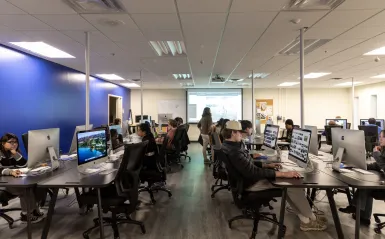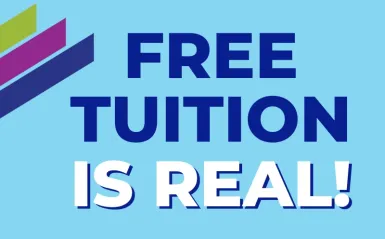Apply for Free
Use promo code SP26 to apply for free.
Program Highlights
- The Xperience Project Internship Program gives graphic design students the opportunity to build their portfolio and gain professional experience through a paid internship.
- Students learn to design for a variety of media, including print, packaging, and book publication; web design and web animation; video and social media.
- Graduates of this program have gone on to own their own graphic design studios and have worked for a long list of employers such as the Minnesota Twins, Nickelodeon, 3M, the Smithsonian Institution, Target, Best Buy, Colle+McVoy, Minnesota Public Radio, and more.
- Classes incorporate leading technologies, including AI and generative design.
Graphic Design Classes
Students in the Graphic Design program gain a strong foundation of design skills through hands-on learning and feedback from students and instructors.
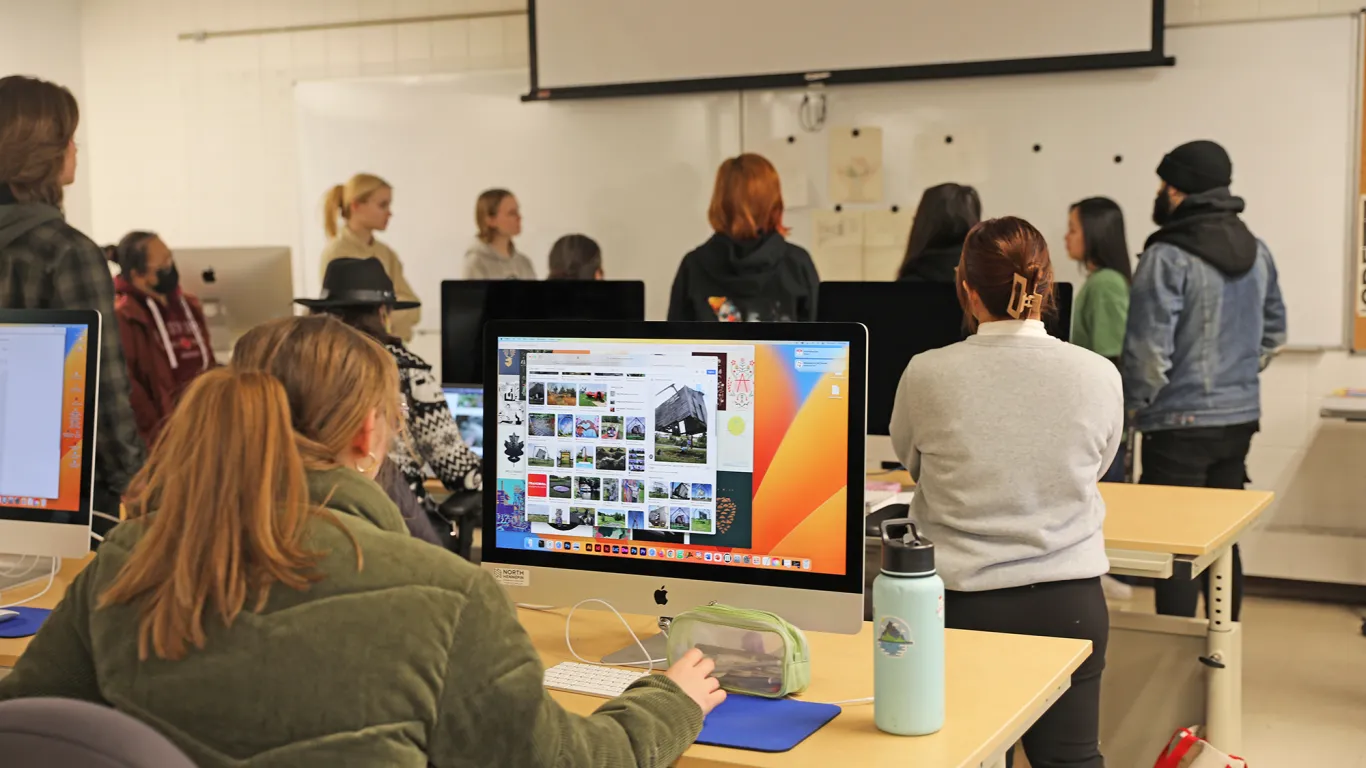
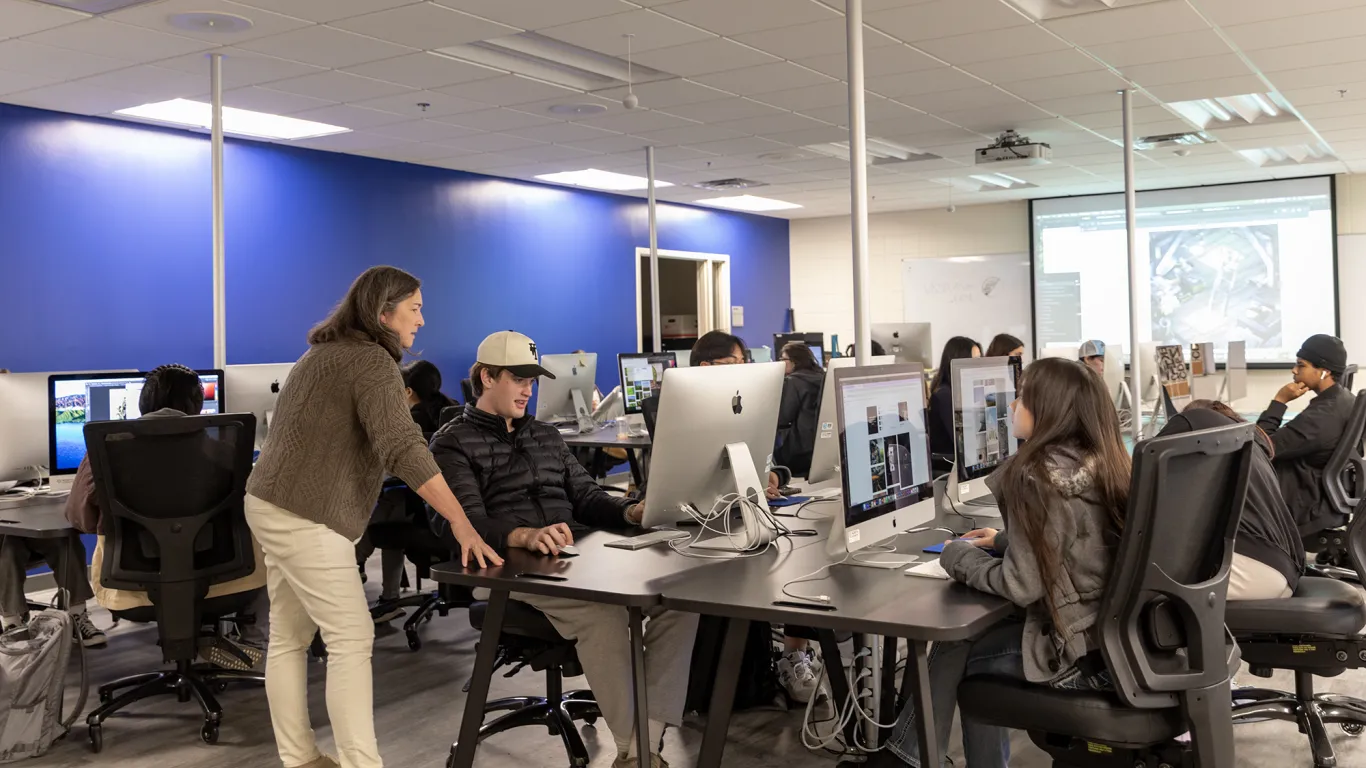
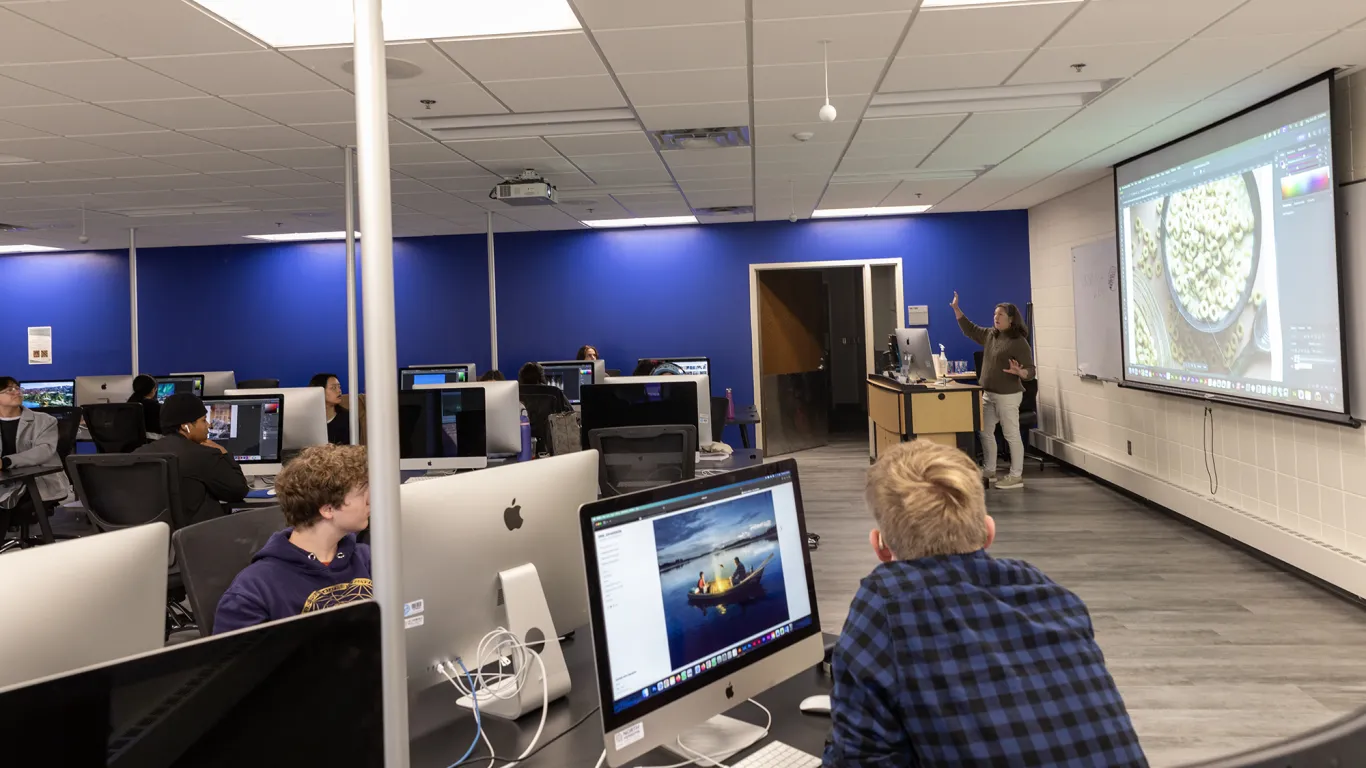
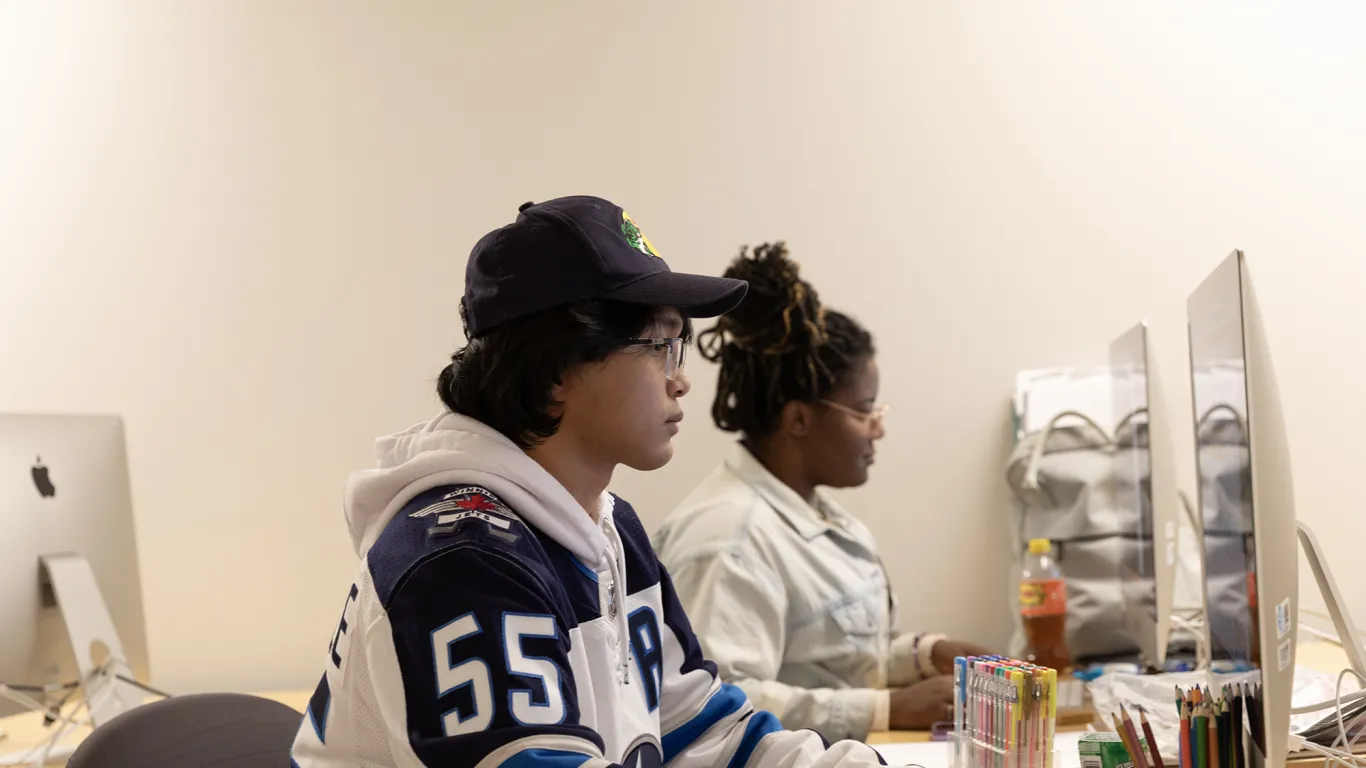
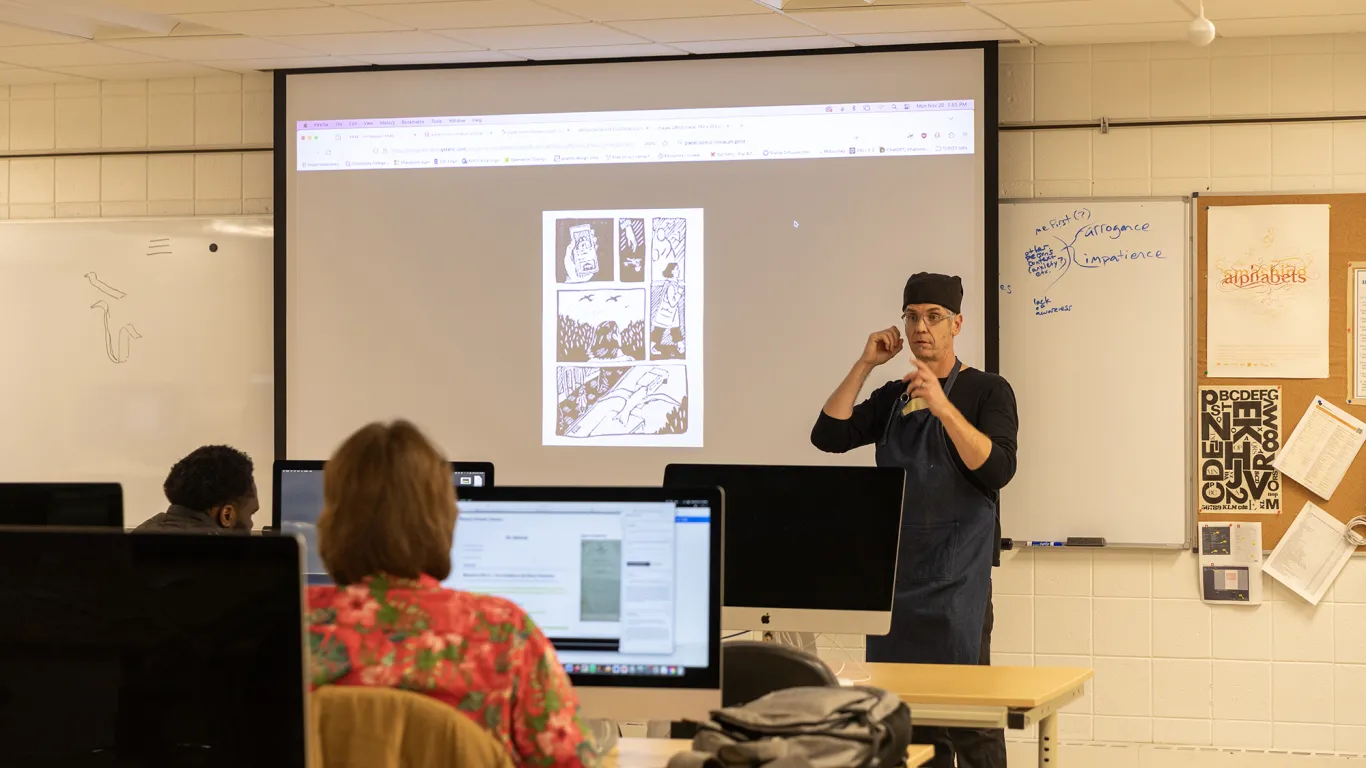
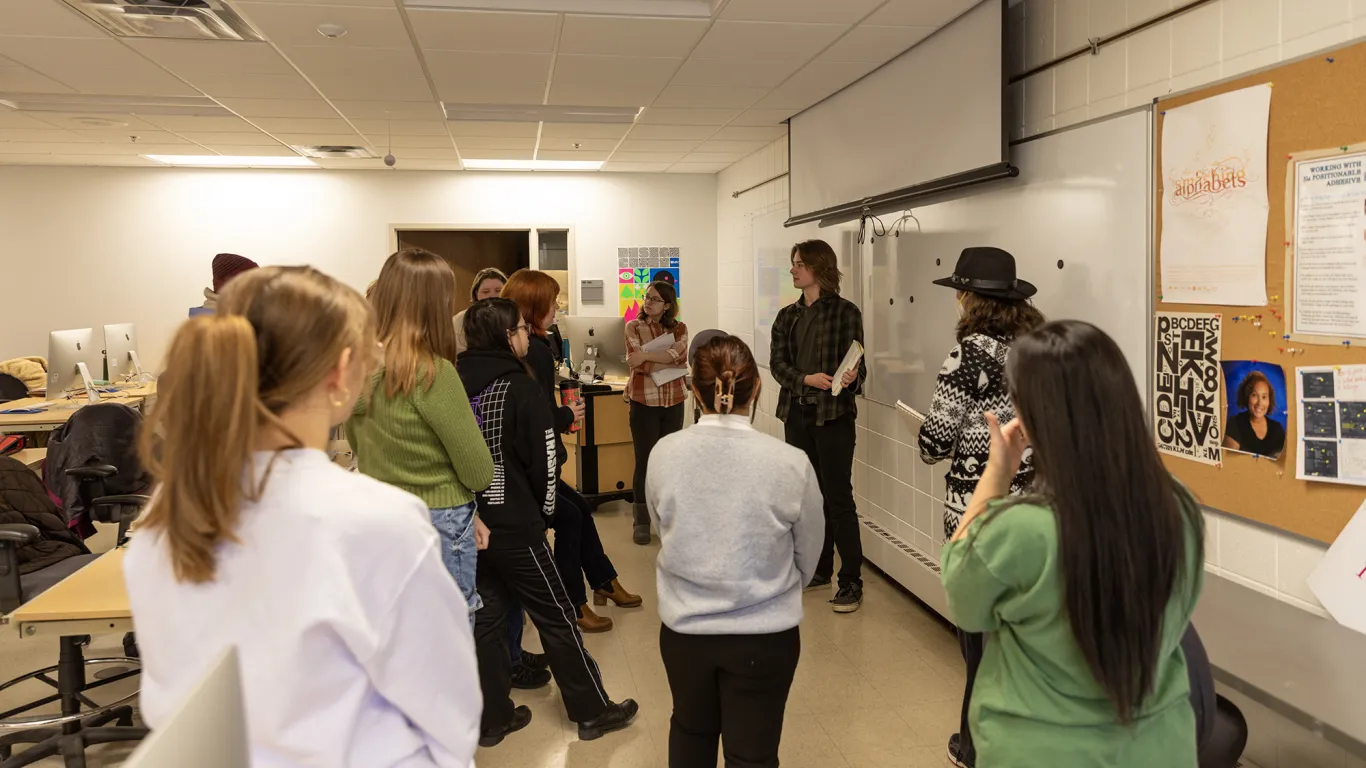
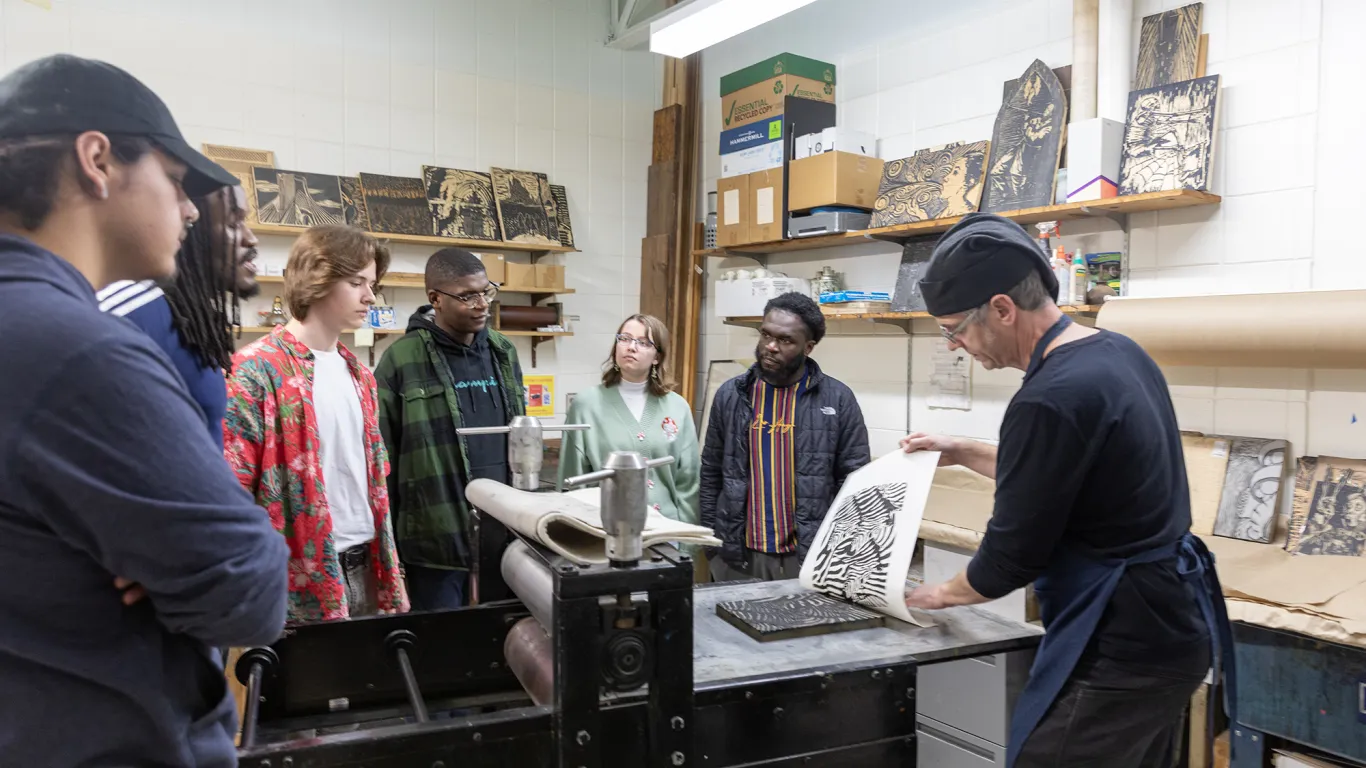
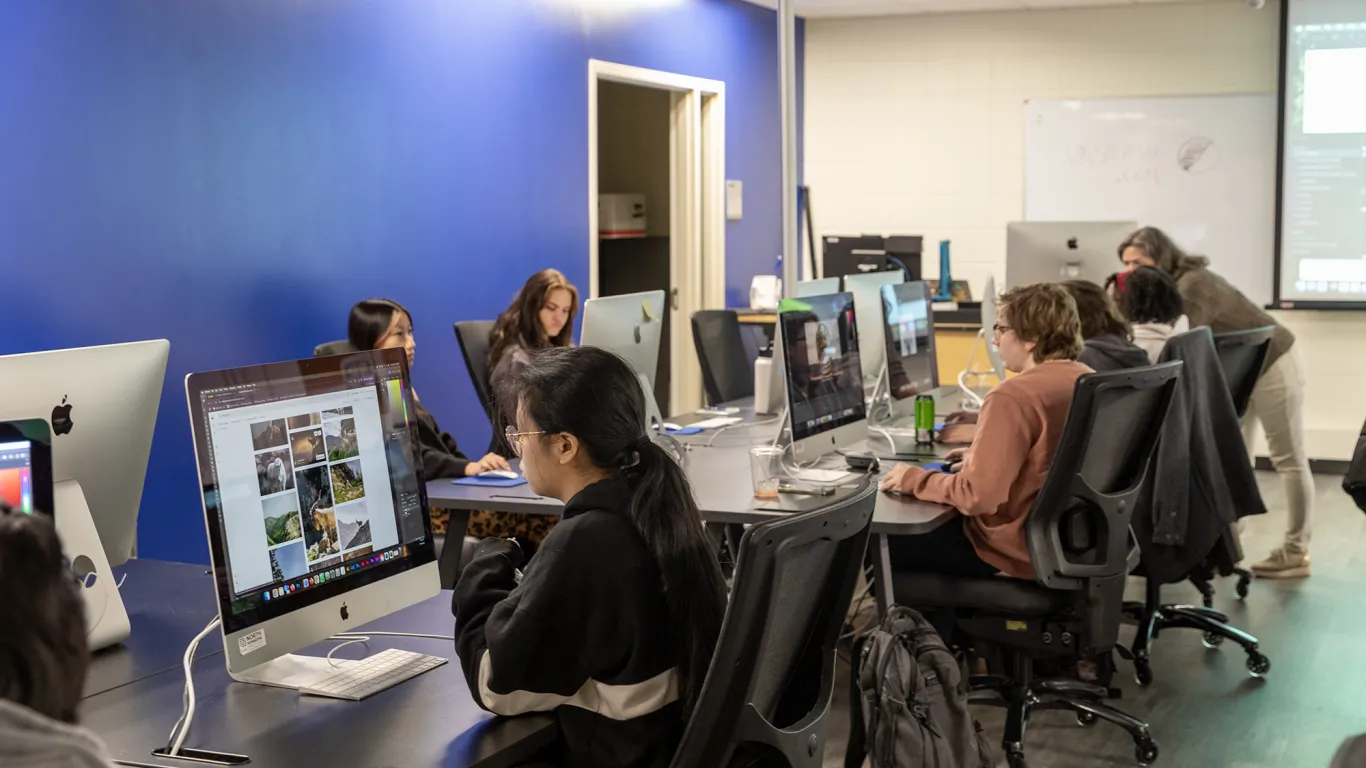
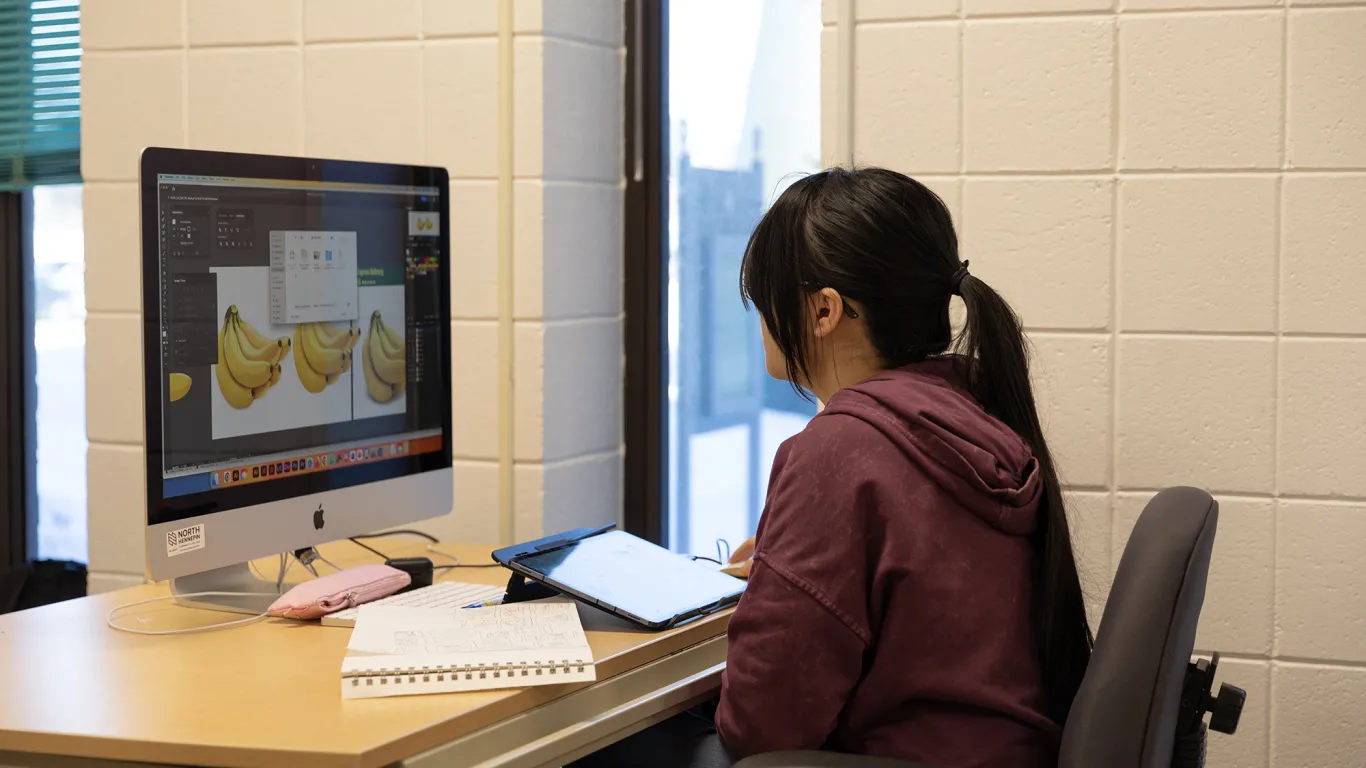
Career Outlook
Median Hourly Wage in Minnesota: $28.32
Potential Job Titles
- Creative Director
- Graphic Designer
- Graphic Artist
Where NHCC Graphic Design Grads Work
- Activision
- Anoka County
- Best Buy Corp
- Boston Scientific
- Humane Society
- Northwest Airlines
- Self Employed
- Target Corp
- Visual Communications, Inc
- And more!
Graphic Design at NHCC
NHCC’s Graphic Design program starts with a fine arts foundation that gives students hands-on experience with design concepts. Drawing, painting, color theory, photography, dimensional design (2D, 3D) and art history classes help students to begin thinking like designers, with or without a computer. Of course, as foundation skills are gained, graphic design courses then emphasize industry-standard digital tools and software (Apple computers, Adobe Creative Suite) to harness design thinking and develop technical skills for more advanced concepts and projects.
NHCC graphic design majors work across different media: print, packaging, and book publication; web design and web animation; video and social media; sometimes street art and temporary installations. We learn digital and technical tools, but also how the design industry operates. We learn the actual language of design, we learn about audiences and work cultures, we learn strategies for developing a professional network of contacts, we learn about accepting constructive criticism and acknowledging the importance of other opinions, we learn interpersonal communication strategies to prepare for real professional situations. We work with real clients in advanced classes on projects that have an impact in the “real world.” Small class sizes and one-on-one time with accomplished faculty artists and designers allow students to form the skills and opportunities needed to pursue, and get, jobs with graphic design industry employers. In fact, starting in the spring of 2015, NHCC’s Graphic Design Program began working with metro area employers for paid graphic design internships. Students with consistently strong performance in their degree coursework are able to compete for these opportunities.
NHCC alumni have gone on to own their own graphic design studios and have worked for a long list of employers such as The Minnesota Twins, Nickelodeon, 3M, the Smithsonian Institution, Target, Best Buy, Colle+McVoy, and Minnesota Public Radio, to name just a few. NHCC's annual collection of student art and writing, Under Construction, is designed by students and has earned 30 national awards for content and design since 1968. It offers a rare chance to be a published writer and/or artist as part of a community college experience.
Paying for College
NHCC's tuition is among the most affordable in Minnesota.
Financial Aid
- Scholarships are money you don't have to repay
- Grants are money you don't have to repay
Free College Tuition
The North Star Promise scholarship program provides free college tuition to eligible students. Find out if you might be eligible.
Program Roadmaps
Program roadmaps provide students with a guide to understand the recommended course sequence to complete their degree.
Get Started
If you're ready to get started, apply to NHCC. If you'd like to learn more, you can visit campus or request information.


